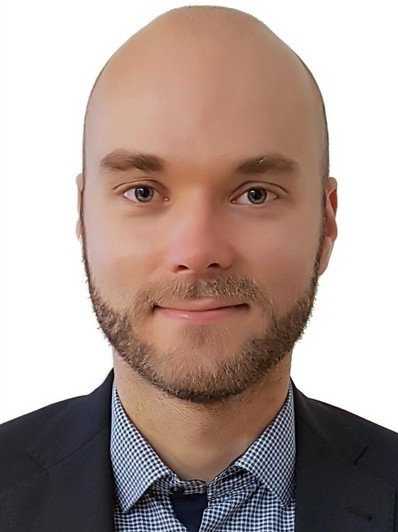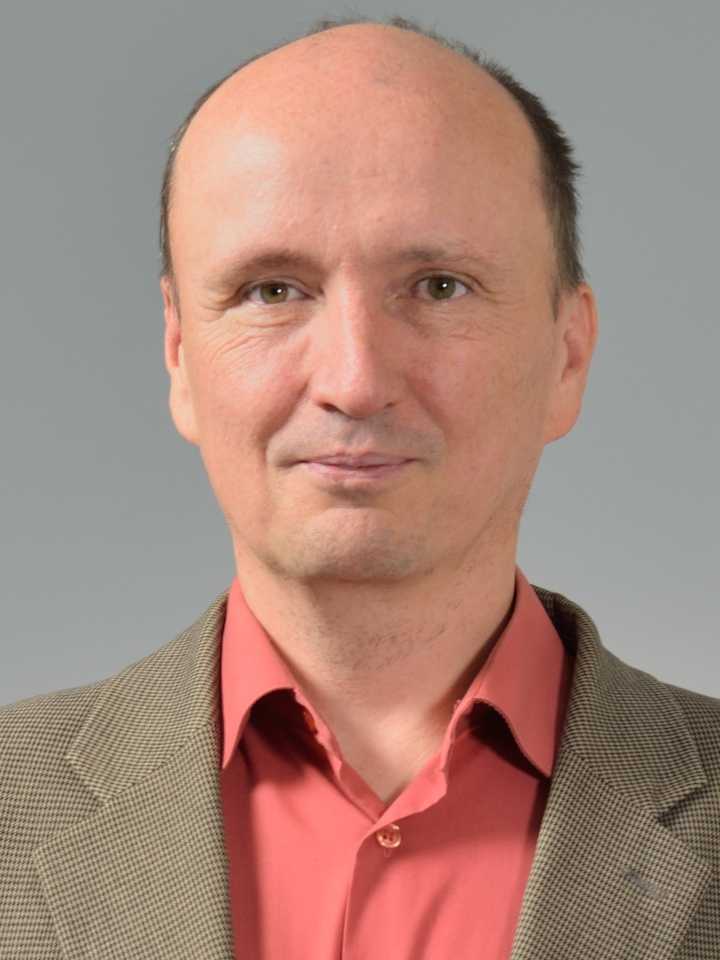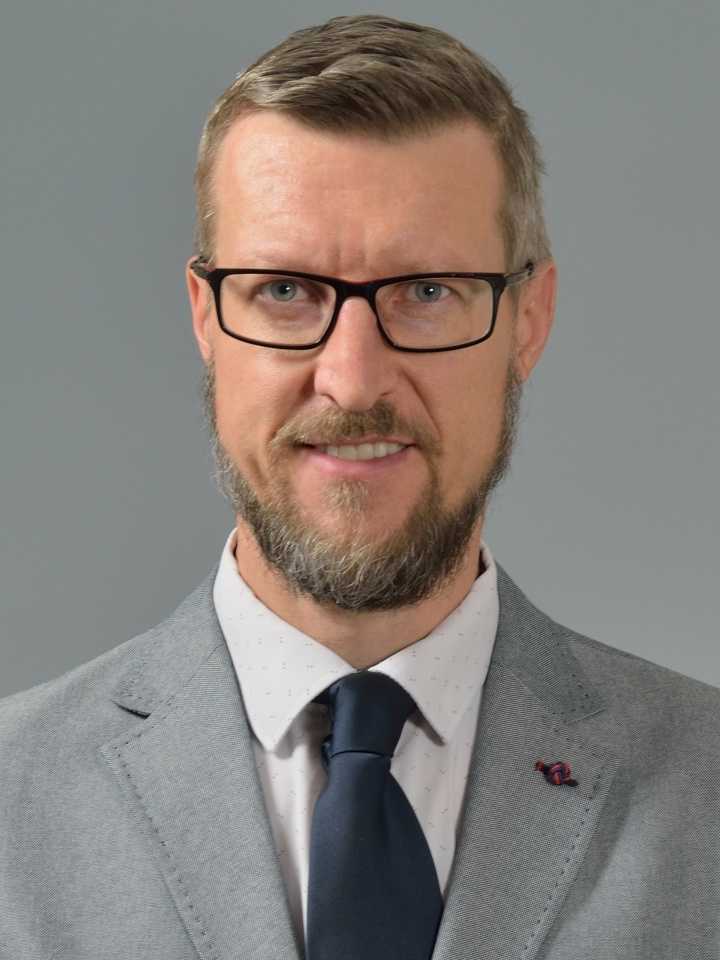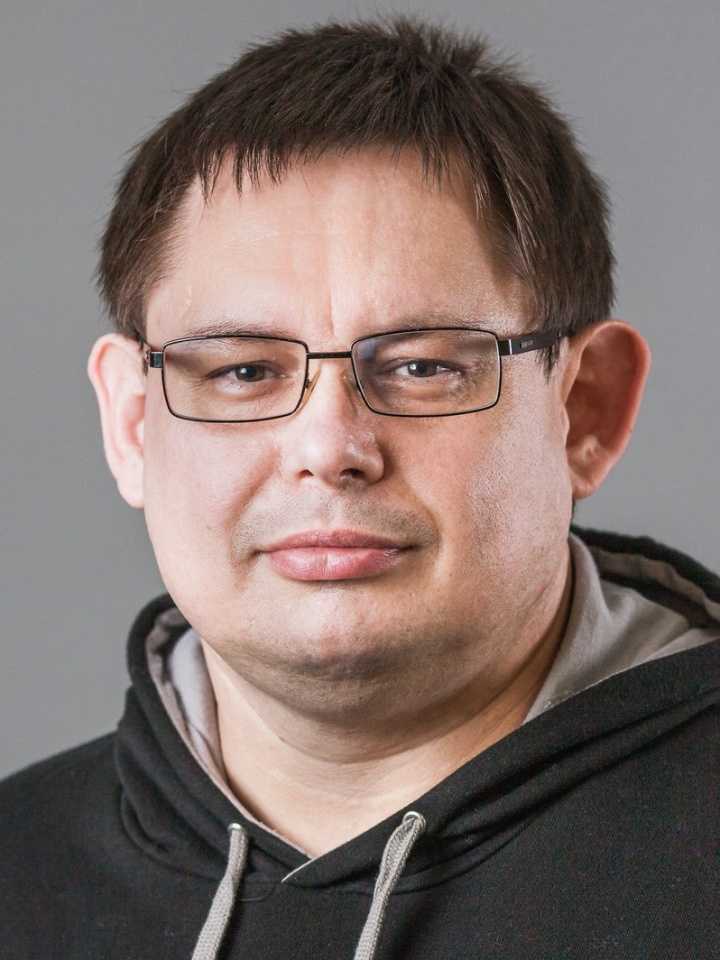Programme
NextThe International Summer School takes place at a modern campus in the charming city of Brno, a bustling hub of education in the heart of Europe The School provides courses in selected areas of electrical engineering and communication technology, joining together the theory and the practice through the knowledge of its experienced lecturers and tutors.
Topics
- Communication Systems for Internet of Things
- Photovoltaics: Electrical Energy from the Sun
- Integrated Circuit Design
- Practical Design of Analog Electronic Circuits
A student may choose one of these four courses.
Deadline for application, contact email
Please apply till May 31, 2022! In case of any questions, please write to bissect@vut.cz.
The BISSECT schedule
Arrival
The recommended arrival day is August 29, 2022. Our assistants will help you in obtaining accommodation at the university dormitories.
Welcome event at the faculty
Basic information about the faculty and BISSECT, completed with a presentation of the lecturers and laboratories.
Weekend trips
Brno sightseeing tours and regional outings.
Farewell ceremony
September 9, 2022, 3 p.m.
Typical study day
- 09:00-11:30 Morning academic session, including small refreshments
- 11:30-12:30 Lunch
- 13:00-16:30 Afternoon academic session, including small refreshments
Details of the timetable may vary, depending on the events planned for the day.
COMMUNICATION SYSTEMS FOR INTERNET OF THINGS
The course “Communication systems for Internet of Things” aims to provide both theoretical knowledge as well as hands-on experience related to the massive Machine-type Communication (mMTC). The data transmissions can be done either via the wired or wireless communication technologies within the proposed communication scenarios related to the Industrial IoT (IIoT) and Industry 4.0. The students will get information related to the key differences between the Human-to-Human (H2H) and Machine-to-Machine (M2M) communication. The main goal of the practical exercises is to test the data transmissions using the Low-Power Wide Area (LPWA) technologies working in both licensed and license-exempt frequency bands, i.e., Narrowband IoT (NB-IoT), LTE Cat-M, LoRaWAN, and Sigfox. Also, the system architecture (ARM, MIPS) and the battery consumption will be taken into consideration. The students will use the constructed multi-radio access technologies (Multi-RAT) development boards for the practical exercises.
Key outcomes
After completing the course, a student will be able to:
- Understand data transmission services, i.e., Enhanced Mobile Broadband (eMBB), Ultra-Reliable Low Latency Communications (URLLC), and massive Machine-type Communications (mMTC).
- Explain the key communication principles related to the Internet of Things (IoT) use-cases.
- Understand the role of the next-generation mobile networks (5G New Radio) for the Industrial Internet of Things (IIoT).
- Compare the Low-Power Wide Area (LPWA) wireless communication technologies for the IIoT use-cases. Then, propose a suitable communication scheme for the specific scenarios based on the given requirements, e.g., energy consumption, transmission power, traffic pattern, security, etc.
Head lecturer and supervisor
Pavel Masek
Pavel Masek, Ph.D.
Dr. Pavel Masek is a researcher of the WISLAB group at the Brno University of Technology, Czech Republic. He has published on various networking-related topics in internationally recognized venues, including those affiliated with the IEEE Communications Magazine, and his output also comprises several technological products. Pavel Masek‘s primary research interests lie in M2M/H2H/D2D communication, next-generation cellular networks, heterogeneous networking, and data offloading techniques. In addition to his activities at BUT, since 2014, he has actively cooperated with Tampere University (Finland), University of Oulu (Finland), Saint-Petersburg State University of Aerospace Instrumentation (Russia), and RUDN University (Russia).
PHOTOVOLTAICS: ELECTRICAL ENERGY FROM THE SUN
The past, present, and future of photovoltaics,with the relevant market, economic, and ecological evaluation. Meteorological basics; radiation energy; and sun tracking. The functions and types of solar cells, and the electronics needed to support the system. Planning a photovoltaic power plant. The safety and regulations. Hands-on experiments in a photovoltaic laboratory.
Key outcomes
After completing the course, a student will be able to:
- Explain the societal and economic demands for photovoltaics;
- describe the aspects of solar radiation related to Earth‘s location;
- characterize the types, structures, and manufacturing of solar cells;
- design a simple photovoltaic power station, including the electronics and connection to the grid;
- define the safety issues and principles of smooth operation;
- discuss the construction and operation of a photovoltaic power plant within its legal context.
Head lecturer and supervisor
Jiri Vanek
Jiri Vanek, Assoc. Prof., Ph.D.
Jiří Vaněk is an associate professor at the Department of Electrical and Electronic Technology, Faculty of Electrical Engineering and Communication, Brno University of Technology. His research interests are centered on the diagnostics of material properties, photovoltaic technology and design, and renewable sources of energy in general.
INTEGRATED CIRCUIT DESIGN
Basic classification of integrated circuits. Integrated circuit (IC) design. Structures, methodologies, and requirements for analog integrated circuits. Essential operating modes of MOS transistors. MOS transistor models. Design and simulation of basic IC blocks (current mirrors, reference circuits, output stages, amplifiers, OTA). Procedures and rules for designing the layout in analog ICs. Computer exercises to simulate and design analog functional blocks. Using the OrCAD PSpice professional system to design an analog IC.
Key outcomes
After completing the course, a student will be able to:
- Describe the fundamental steps in the designing of an integrated circuit.
- Characterize the main structures of the chip and the transistor.
- Design and verify the basic building blocks of analog integrated circuits (current mirror, reference, transistor amplifier, power amplifier).
- Design and verify the basic structural parameters of of the operational amplifier and the OTA.
Head lecturer and supervisor
Jiří Háze
Jiri Haze, Assoc. Prof., Ph.D.
Jiri Haze is an associate professor at the FEEC, BUT and a specialist of the Integrated Circuit and Space Application Research Group. He is interested in the designing, modeling, and fabrication of analog and mixed-mode integrated circuits and sensor applications. In addition to lecturing on integrated circuit design, Jiri Haze is a vice-dean for external relations of the FEEC and the head of the Department of Microelectronics.
PRACTICAL DESIGN OF ANALOG ELECTRONIC CIRCUITS
Real passive components. Diodes. Bipolar (BJT) and unipolar (FET) transistors. FETs as analog switches and controlled resistors. Operational Amplifiers: the properties of real OAs. Feedback and circuit stability. Inverting and non-inverting connections. Differential and summing amplifiers with OAs. Instrument amplifiers; active rectifiers with OAs; integrators and differentiators; comparators. Oscillators and ARC filters with OAs. Rectifiers and filters in power supply units. Parametric and linear voltage stabilizers. Current and switched stabilizers. Optoelectronic components. The optron. Timers and Oscillators. Special components: varistors; NTC and PTC thermistors. Peltier cells. Thyristors, Triacs. Application rules in designing analog electronic circuits: selecting the components and using the rules. Feeding and grounding real circuits. Signal distribution. Parasitic effects and their suppression. The voltage and current derating of components. Overvoltage and overload protection. Electronic component cooling.
Key outcomes
After completing the course, the student will be able to:
- Describe the basic passive and active components of analog circuits and their typical properties;
- define the main target applications for diodes, transistors, and OAs;
- design and verify basic circuits with BJTs, FETs, and OAs.
- Use MicroCap and Eagle.
Head lecturer and supervisor
Miloslav Steinbauer
Miloslav Steinbauer, Assoc. Prof., Ph.D.
Miloslav Steinbauer is an associate professor and a lecturer in electrical engineering and electronic design at the FEEC, BUT His interests lie in the design, modeling, and fabrication of analog and mixed-mode circuits for special applications.
BRNO, SOUTH MORAVIA, the CZECH REPUBLIC
The opening session will take place on Monday 29, 2022, at 1 p.m. The faculty, head lecturers, and laboratories will be presented to the participants, and a welcome dinner will round out the day, allowing all of the students to meet and talk. The farewell evening will involve a graduation ceremony and a a gala dinner.
The program includes also weekend trips: a guided tour of Brno and its surroundings, and an outing to the popular Punkva Caves in the Moravian Karst.
Students who complete at least 80 % of the academic load,by delivering the course assignments or submitting a final project of sufficient quality (at least 50/100 pts.), will receive a certificate of completion worth 5 ECTS credits.
